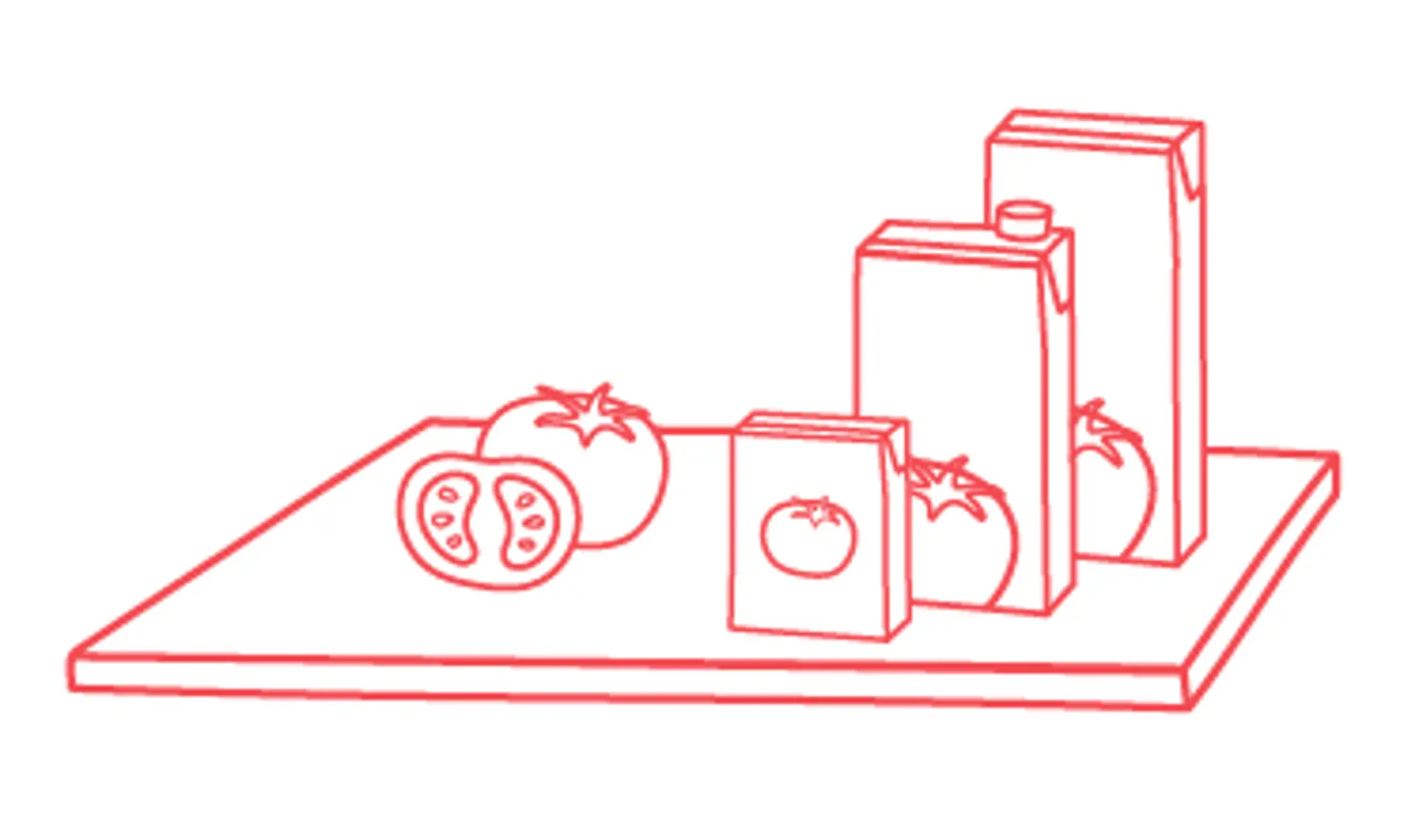Why convenience matters

In the second part of our Food Speak series, we look at how convenience has been a driving factor in popularising food in cartons – as well as what manufacturers can do to leverage this consumer requirement.
Food serves a far greater purpose than that of sustenance alone. For some, it is a passion, while for others it is a part of their identity. Food and culture are intertwined – be it smørrebrød in Denmark or baklava in Turkey. But what happens when the time and effort required to get a much-loved dish to the table becomes sparse or the essential ingredients are only available in season?
With a plethora of frozen and ready-to-cook meals available in the packaged and frozen aisles of every supermarket, the answer is no longer complex. But that wasn’t always the case.
Looking back
When we look at the history of convenience food, the link between women’s movements around the world and the popularity of packaged foods in the respective regions is evident. As women started working outside of their homes, they struggled to prepare the elaborate meals their families were used to. Identifying this gap, food manufacturers came up with innovative products targeted towards women.

Even today, busy lifestyles and time constraints remain the primary motivators for choosing convenience foods – in a carton, can, or bottle. The lack of know-how for preparing traditional dishes also plays a huge role in this segment.
Diversity in tastes
When it comes to the type of food consumers think is acceptable to package in a carton, however, preferences vary greatly from region to region. While broth is very popular in Europe and the Americas, the Asian market is mostly limited to spice pastes. There are outliers, though, with tomatoes in varied forms, being one product that transcends cultural boundaries and is available in most markets.

Other products like vegetable purees, pre-cut vegetables and beans – all in carton packs – are commonplace in certain regions, but unheard of in others. The same can be said for products such as baby food and, new to the market, pet food. As Benita Paul Nangia from SIG, India says: “Food in cartons has immense potential but needs further category development.”
A winning pack
Demand for shelf-stable foods spiked during COVID-19. Although things have settled down since then, eating more meals at home is still a priority for many, even if finding the time to cook remains a challenge. This has given manufacturers an opportunity to tap into learnings about their consumer demographics so they can address this new audience with innovative products.
And with all the food filling options we offer, we’re helping our clients access numerous opportunities to meet this consumer demand for convenience foods in carton packs.
In the next part of this series, we explore how shelf-stable offerings have made the world a smaller place when it comes to culinary adventures. Subscribe to our exclusive bi-weekly newsletter, SIGnals Update, to get the whole series and more delivered straight to your inbox.
- November 18, 2021
